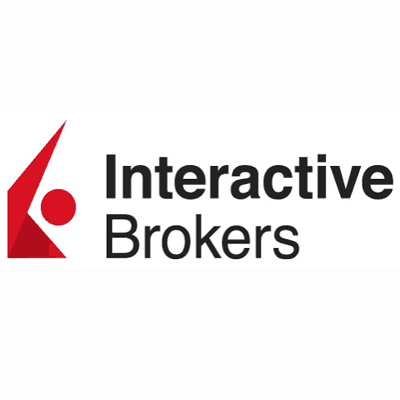The US Internal Revenue Service (IRS) has once again updated its annual questions on cryptocurrency holdings and associated gains.
Most notably, the authority tweaked the 2022 draft instructions for tax form 1040 to include non-fungible tokens (NFTs) and stablecoins, replacing the term “virtual currency” with “digital assets”.
In the newly released draft of the individual income tax return, the IRS clarified that digital assets are “any digital representations of value that are recorded on a cryptographically secured distributed ledger or any similar technology. For example, digital assets include non-fungible tokens (NFTs) and virtual currencies, such as cryptocurrencies and stablecoins.”
The updated questionnaire states that taxpayers must disclose any kind of cryptocurrency acquisition including those received “as a reward, award, or payment for property or services” or “sold, exchanged, gifted, or otherwise disposed of a digital asset (or any financial interest in any digital asset).”
The IRS said it plans to make public criminal tax-evasion cases involving cryptocurrency, which opens a new front in the agency’s burgeoning scrutiny of the industry.
As described further in the petition, though taxpayers are required to report any associated profits and losses on their crypto dealings, the IRS’s experience “has demonstrated significant tax compliance deficiencies relating to cryptocurrencies and other digital assets.”
Based on its recent experiences with cryptocurrencies, the IRS believes that crypto transactions are not being properly reported on tax returns. Among other reasons, the authority says there is no third-party reporting to the IRS on such transactions, and previous summonses served on other cryptocurrency dealers have revealed significant underreporting of such transactions.
Recently, there have been numerous reports emerging of tax authorities clamping down and going after cryptocurrency traders. The IRS also sent letters to taxpayers who might have failed to report income and pay the resulting tax from cryptocurrency transactions.
At the very core, the IRS still deems crypto assets to be property rather than currency for income tax purposes, the same as its regulatory guidance came out seven years ago. That means the authority will continue to tax crypto profits and losses like those for stocks, at capital gains rates.
The IRS has also addressed how to track the fair market value, capital gains, and losses in the context of virtual currencies. When a transaction is facilitated by a cryptocurrency exchange, the value of the taxed deal is the amount that was recorded by the platform in US dollars. Further, the taxpayer’s buy/sell price will determine whether a gain or loss has occurred as well as its duration.







